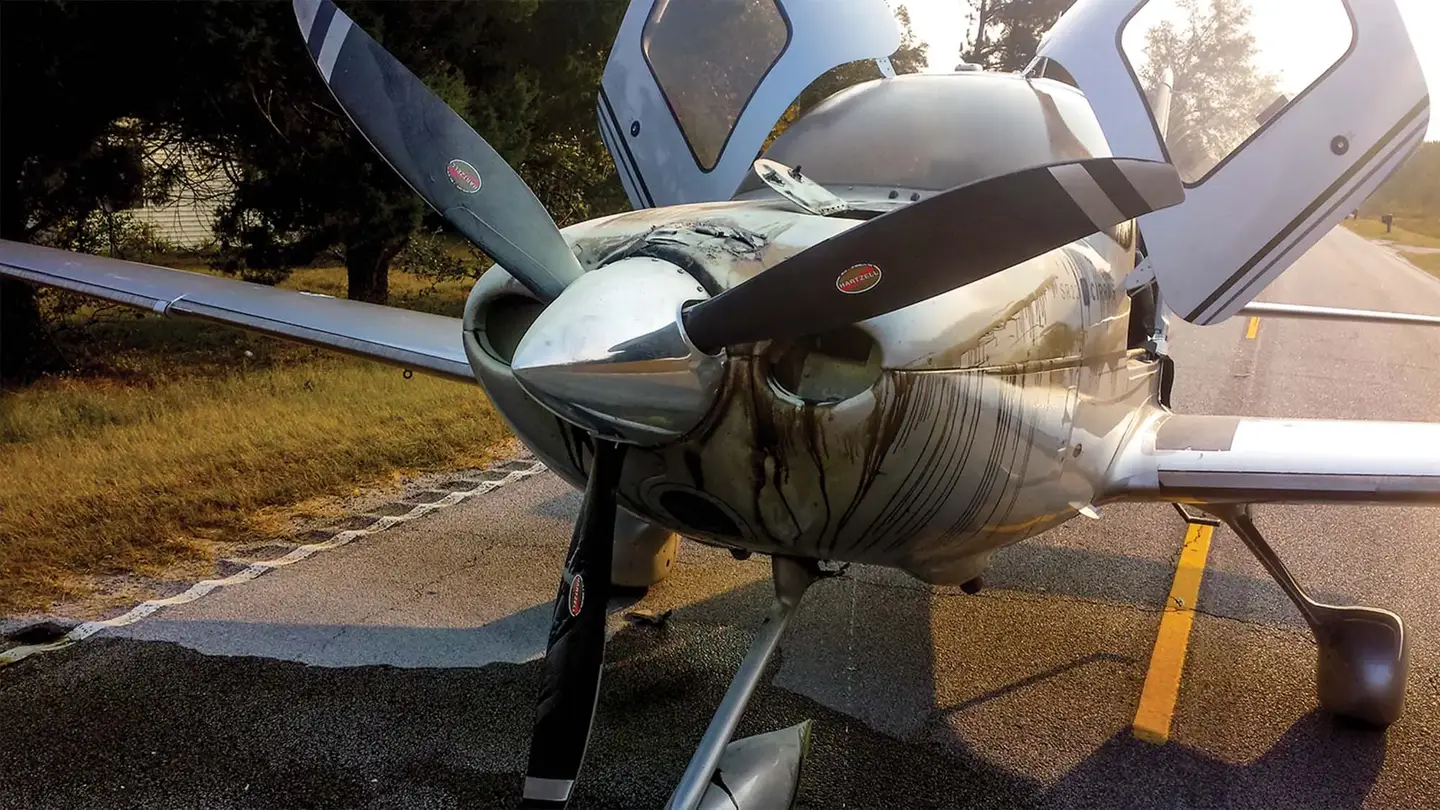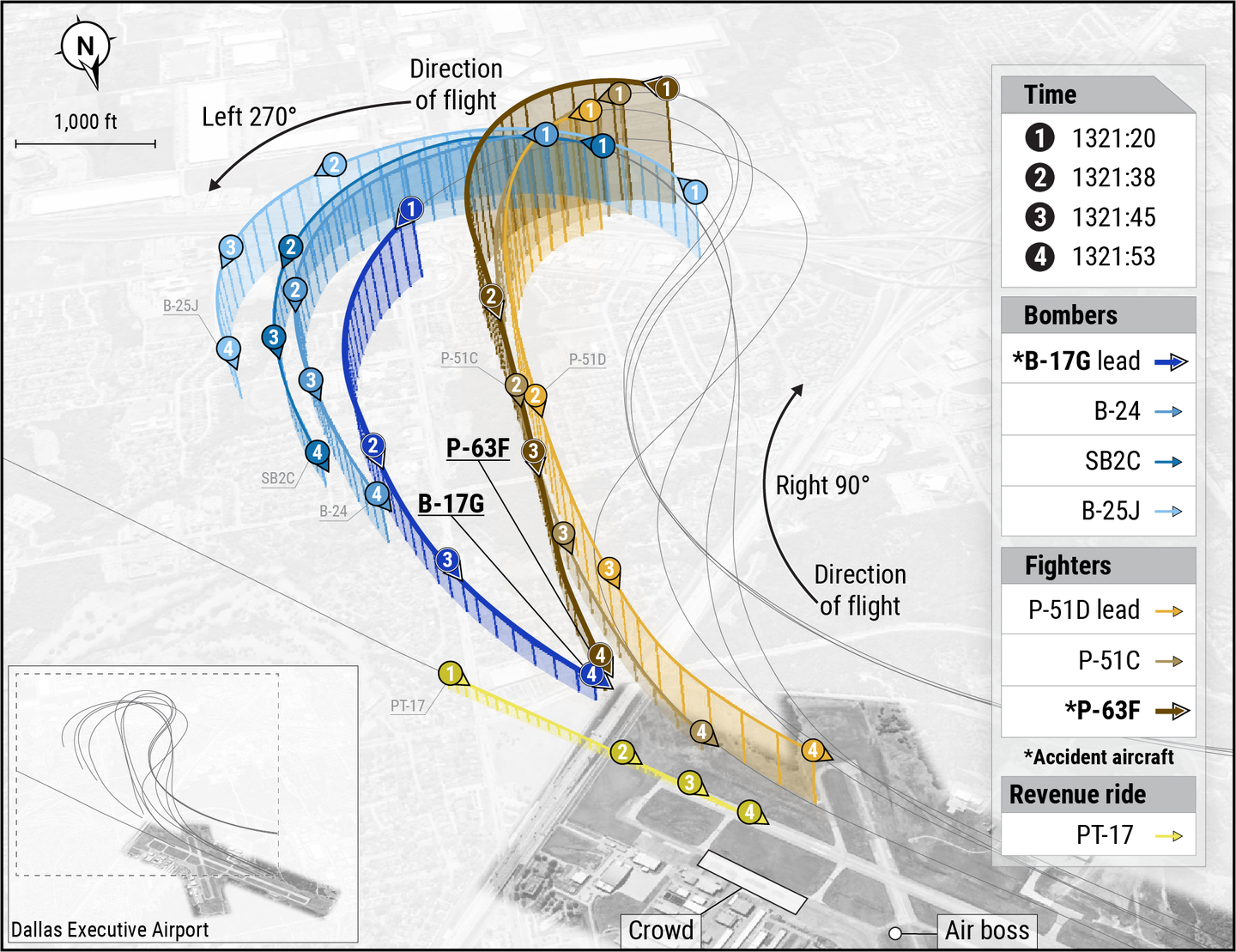General Aviation Accident Bulletin
AVweb’s General Aviation Accident Bulletin is taken from the pages of our sister publication, Aviation Safety magazine. All the reports listed here are preliminary and include only initial factual findings…

Aviation Safety Accident Bulletin
AVweb's General Aviation Accident Bulletin is taken from the pages of our sister publication, Aviation Safety magazine. All the reports listed here are preliminary and include only initial factual findings about crashes. You can learn more about the final probable cause on the NTSB's website at www.ntsb.gov. Final reports appear about a year after the accident, although some take longer. Find out more about Aviation Safety at www.aviationsafetymagazine.com.
March 4, 2020, Harrison, Ohio
Vans RV-8 Experimental
The airline transport pilot reported making a normal approach to the runway with a direct crosswind of 15 knots and gusts reaching 23 knots. After touchdown on the main landing gear, he was initially able to maintain directional control. However, when the tailwheel touched down, the tail began to weathervane and the airplane veered right. Despite full left aileron and left brake, the pilot was unable to regain directional control before the airplane departed the right side of the runway and struck a precision approach path indicator lights system. The left wing, left horizontal stabilizer and left elevator were substantially damaged during the collision. Post-accident examination of the steerable tailwheel revealed that the spring-actuated key slide would stick in the retracted position within the tailwheel fork, which allowed the tailwheel to caster instead being steerable.
March 4, 2020, Encino, N.M.
Flight Design CTLS
At about 1240 Mountain time, the airplane was substantially damaged when it impacted terrain following a partial loss of engine power. The solo pilot sustained minor injuries. Visual conditions prevailed.
During the preflight inspection, the pilot determined the right wing had seven gallons of fuel and the left wing had six, which he deemed sufficient for a one-hour local flight. About 35 minutes after takeoff, the engine started to “surge,” and the pilot was unable to restore power. The pilot elected to land on a nearby road but, as he turned from base to final for the road, the engine “surged to life.” The landing gear contacted terrain and the airplane subsequently came to rest inverted.
March 4, 2020, Needles, Calif.
Cessna 210L Centurion
The airplane was substantially damaged at about 2130 Pacific time during a forced landing following a total loss of engine power. The solo private pilot received minor injuries. Night visual conditions prevailed.
While in cruise flight, the pilot experienced a total loss of engine power. The fuel selector was on the left fuel tank, which indicated 16 gallons on its gauge. He rotated the selector to the right tank, which indicated 25 gallons, activated the high fuel boost pump setting and within about 15 seconds the engine restarted. About 15 minutes later, however, the engine lost all power. During the pilot’s subsequent forced landing attempt, the nose landing gear dug into dirt and the airplane nosed over, coming to rest inverted. According to the pilot, he had filled both tanks before takeoff.
March 5, 2020, Rhinelander, Wis.
Cessna 208B Grand Caravan
The pilot later reported seeing the runway end identifier lights upon reaching decision altitude on a GPS instrument approach, and continuing the approach. Shortly thereafter the lights disappeared and then reappeared. He continued the approach and landing, thinking he was lined up with the runway by using the runway edge lights for reference. Upon touching down, the airplane dug into the snow and flipped over, resulting in substantial damage to the wings and tail. The airplane landed about 225 feet left of the runway.
This article originally appeared in the June 2020 issue of Aviation Safety magazine.
For more great content like this, subscribe to Aviation Safety!






